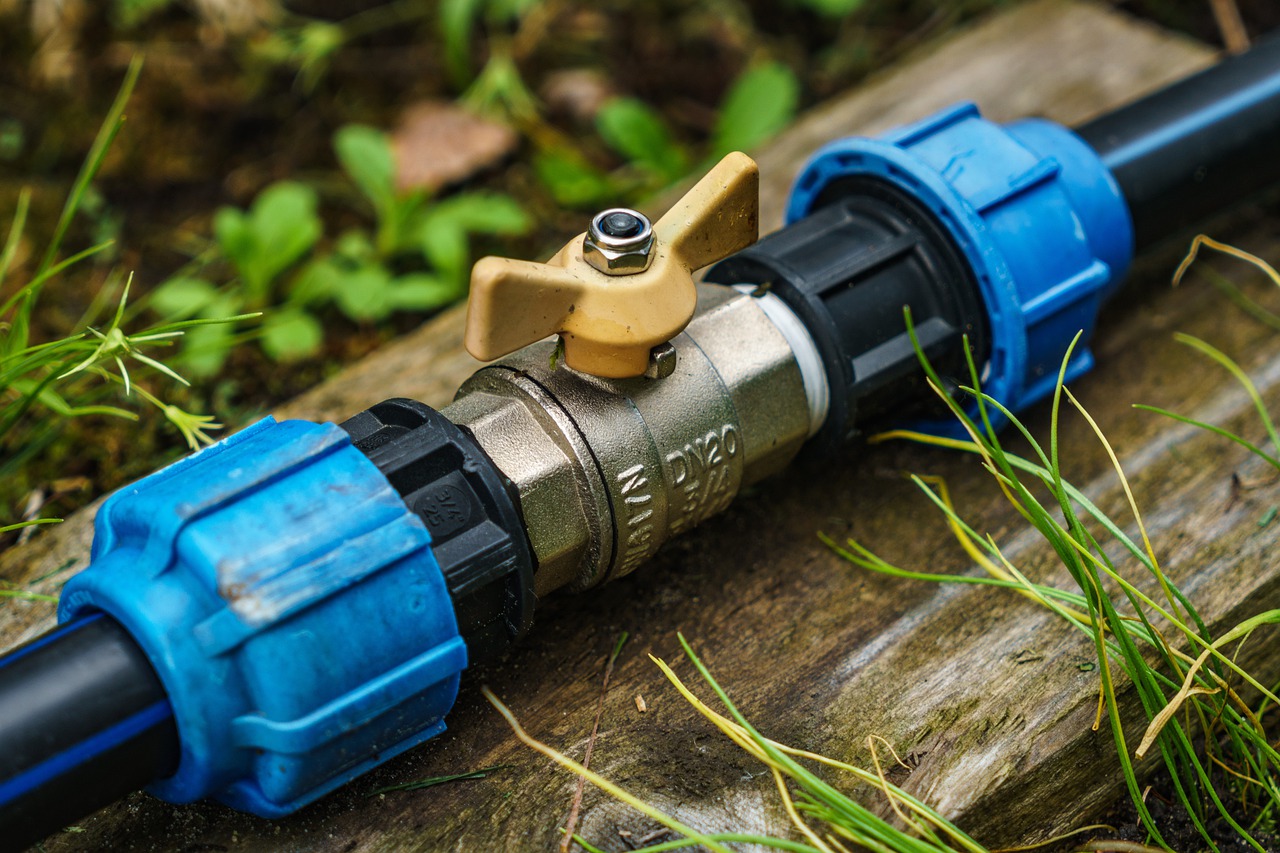Is HDPE Pipe a Good Choice for Potable Water Systems?

Plants, animals, humans – all living creatures on Earth need water to survive and thrive. This is why water systems remain one of the most important infrastructures today.
Of course, humans require more than just water. People need clean, potable water. This becomes even more crucial for those living in areas with desert climates, like the United Arab Emirates (UAE). After all, how can people survive the heat in a desert country without enough drinking water?
Besides the supply itself, one of the most critical elements of water pipe systems is the delivery – one that doesn’t compromise water cleanliness and safety. This is where high-density polyethylene (HDPE) pipes can save the day.
Here, you’ll learn whether HDPE pipes are a good choice for potable water systems and the key uses of this type of plastic.
What is HDPE?
Sometimes called polythene, polyethylene (PE) is one of the most commonly used types of plastic on the planet. It is a highly versatile polymer material that can be molded into many different things using extremely high temperatures.
High-density polyethylene (HDPE) comes with a high strength-to-density ratio that makes it very sturdy. But by adjusting the density, it can also be flexible. Because of this, HDPE has a wide range of uses, from light films and plastic bags, to heavy-duty waterproof membranes for new buildings.
Are HDPE pipes good for water transport?
HDPE pipes for water supply have been around since the 1960s. Today, it is one type of water pipe recommended for circulating clean, drinkable water because of its durability and resilience to contamination. It can also last for over 100 years without extensive maintenance and offers a wide range of advantages.
Below are the six characteristics of HDPE pipes that make them ideal for potable water supply delivery:
1. Fused Joints: Prevents Leaks
HDPE water pipes have fused joints that remove the need for additional fittings, which could become potential leak points in a water pipe system.
The continuous pipe also lowers the installation time and can remain leak-free for extended periods, even with little to no maintenance.
2. Chemical Resistance: Less Risk of Contamination
Drinking water needs to be clean and free from chemicals. This makes HDPE pipes ideal since they don’t leach the piping material into the passing water.
Studies also reveal that HDPE is among the safest choices for potable water applications. This material is also compatible with most disinfectant chemicals, like chlorine and chloramine.
3. Heat Resistance: Suitable for Hot and Cold Water Transport
HDPE pipes are also ideal for the distribution of water with varying temperatures. They can handle hot and cold liquids with temperatures between -40 degrees and 140 degrees Fahrenheit. Also, they can handle recurring freeze and thaw cycles without incurring any damage.
4. Corrosion Resistance: Withstands Most Chemicals
Unlike iron pipes, HDPE offers a high level of durability without running the risk of rusting. This eliminates the possibility of water contamination due to oxidized iron that could pose a risk to people’s health.
Plus, these pipes are quite resistant to corrosion, thanks to HDPE’s high compatibility with most chemicals, particularly strong acids and bases, gentle oxidants, and even reducing agents.
5. Surge Tolerance: Lower Risk of Stress Damage
HDPE is also an excellent choice for high-water-pressure applications. This material is most resistant to surges and can withstand high levels of fatigue that may occur in water distribution systems.
HDPE pipes can handle the occasional pressure surge that can reach up to twice its pressure rating and even more frequent ones that go as much as 1.5 times the pressure without incurring stress damage.
6. Flexibility: Suitable for Imperfect Installation Environments
Compared to pipes made with polyvinyl chloride (PVC) and ductile iron, HDPE pipes are ideal for imperfect installation environments. The material can bend by as much as 20 times its original diameter and conform to the surrounding environment it is installed in without additional fittings and pipe joints.
It is also an excellent choice for trenchless pipe installations. Its size and continuous make-up helps reduce the disturbance to the surrounding environment and requires less construction restoration to save as much as 65 percent in costs.
What else is HDPE used for?
Besides water and drainage pipes, HDPE can also be also used for:
Containers
Because it doesn’t leach, HDPE also makes an excellent material for containers such as water bottles and milk jugs.
It is also chemical-resistant, which makes it one of the best choices for making containers for shampoo, conditioner, laundry detergents, and even antifreeze.
Plastic Lumber
Plastic lumber is a form of structural building material made of high-density polyethylene. It is similar to wood-plastic composite but without wood flour or wood fibers.
Instead, it contains plastic from recycled bottles and other HDPE materials taken from consumer waste.
Plastic lumber can be as rigid or flexible as needed depending on how it will be utilized. It can also be used to make smaller objects, like furniture, playground components, and other projects that don’t require the material to bear significant weight.
Some professionals also use hard plastic lumber in coastal retention and decks, reinforced with sturdier materials that can withstand the tension, like fiberglass.
HDPE: A Viable Potable Water System Solution
A sturdy and safe potable water system component, HDPE piping helps dispense clean drinking water in many applications. When used correctly and under the right conditions, HDPE pipes are the most durable and flexible option available.
Need something different?
Talk to us. We have a wide range of plastic pipes designed to suit your needs.
We're here to help
Let our specialists help you find the right piping products for your needs. Get access to expert services and top-of-the-line supplies for quality, on-time, professionally delivered projects. Get in touch with the Polyfab team today.
